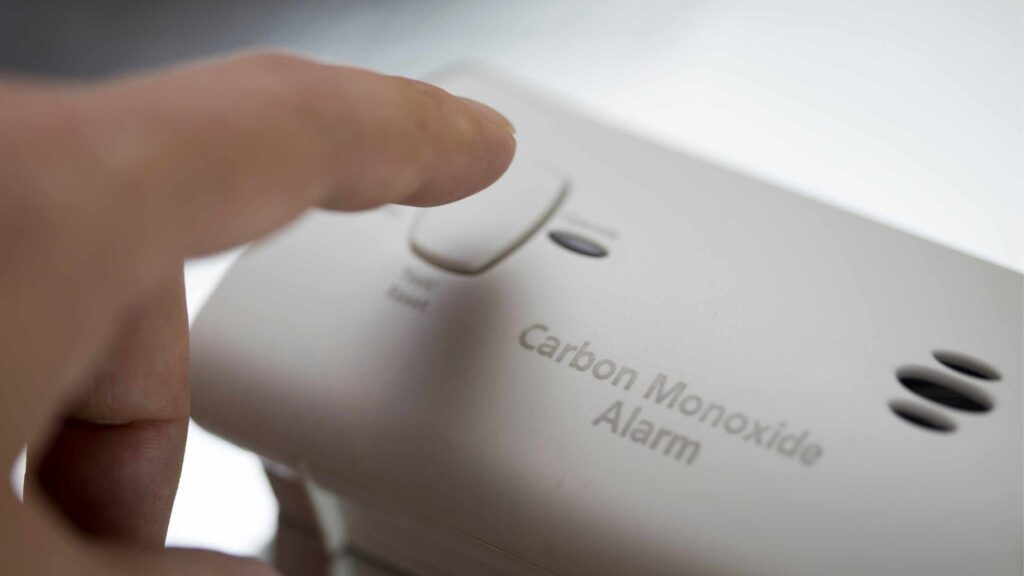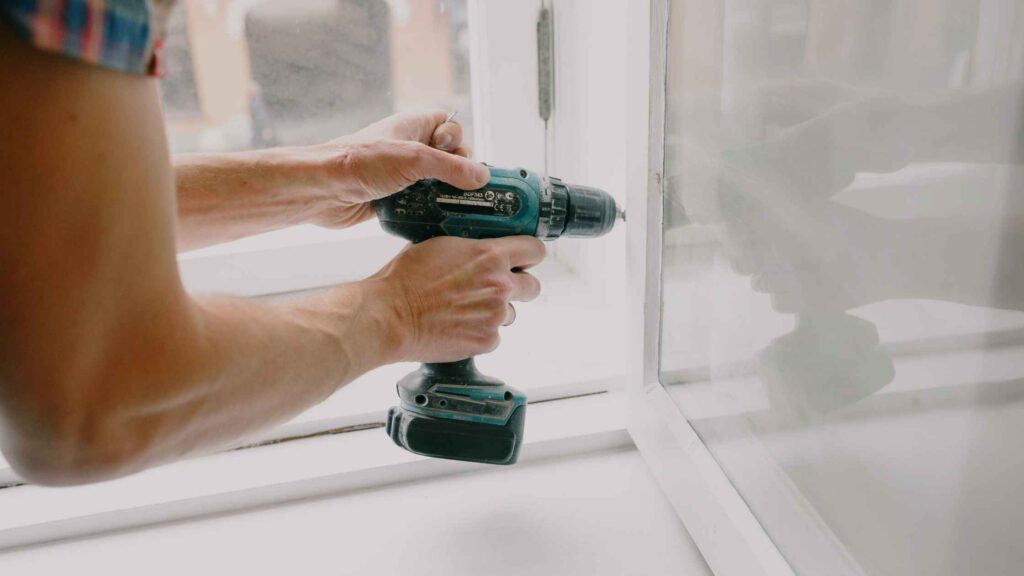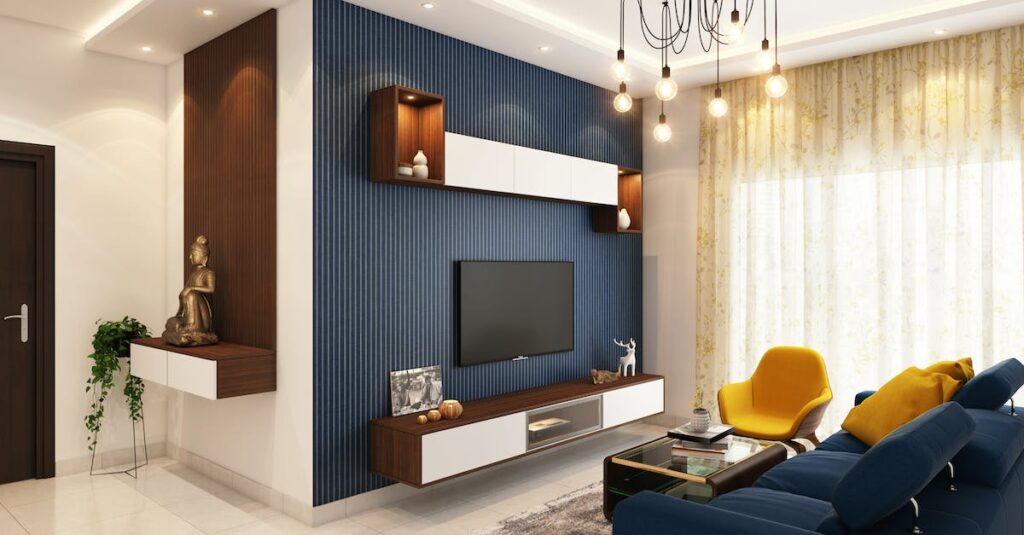Introduction
Carbon monoxide is a silent, odorless, and potentially deadly gas that can easily go undetected without the right precautions. As a renter, ensuring your safety and the safety of your loved ones should be a top priority. In this guide, we will discuss the importance of carbon monoxide detection and provide you with essential information on how to stay safe indoors.
Why is Carbon Monoxide Detection Important?
Carbon monoxide (CO) is produced by the incomplete combustion of fuels such as gas, oil, and wood. Common sources of CO in homes include gas appliances, furnaces, fireplaces, and vehicles. When inhaled, it rapidly binds to hemoglobin, displacing oxygen and preventing its delivery to vital organs. This can lead to serious health issues or even death.
Detecting carbon monoxide is crucial because in high concentrations, it becomes life-threatening within minutes. Symptoms of CO poisoning include headache, dizziness, nausea, confusion, and unconsciousness. Long-term exposure to low levels of CO can also have detrimental effects on your health.
Understanding Carbon Monoxide Detectors
Carbon monoxide detectors are devices designed to detect the presence of CO in the air. They work by sensing the gas and sounding an alarm when levels become dangerous. There are two main types of carbon monoxide detectors:
- Battery-powered detectors: These detectors are portable and can be easily placed anywhere in your rental property. They run on batteries, so it’s important to regularly check and replace them to ensure proper functioning.
- Hardwired detectors: Hardwired detectors are directly connected to the electrical system of your rental property. They often come with a battery backup in case of a power outage.
Both types of detectors are equally effective in detecting carbon monoxide, but the choice between them depends on your specific needs and the regulations of your rental property.
Installing Carbon Monoxide Detectors in Your Rental Property
To ensure your safety, it’s important to install carbon monoxide detectors properly. Follow these steps:
- Check local regulations: Familiarize yourself with the local regulations regarding carbon monoxide detectors. Some states or cities may have specific requirements for rental properties.
- Determine the number of detectors: Generally, it is recommended to have at least one carbon monoxide detector on each level of your rental property, including near bedrooms or sleeping areas.
- Choose the right location: Install detectors at least 5 feet above the floor and away from fuel-burning appliances or areas with high humidity, such as bathrooms.
- Read the manufacturer’s instructions: Follow the instructions provided by the manufacturer for proper installation and maintenance.
- Test the detectors: After installing the detectors, perform a test to ensure they are functioning correctly. Most detectors have a test button that you can press to simulate the presence of carbon monoxide.
Maintaining Carbon Monoxide Detectors in Your Rental Property
Having carbon monoxide detectors installed is not enough; regular maintenance is crucial for their effectiveness. Follow these guidelines:
- Test the detectors regularly: Test your detectors at least once a month to ensure they are working correctly. Press the test button and wait for the alarm to sound. If the alarm doesn’t go off, replace the batteries or detector immediately.
- Replace batteries: If your carbon monoxide detectors are battery-powered, replace the batteries at least once a year. A good practice is to schedule the replacement during daylight saving time changes as a reminder.
- Clean the detectors: Dust and debris can accumulate in the detectors and affect their performance. Use a vacuum cleaner or a soft brush to clean the vents and remove any obstructions.
- Check expiration dates: Carbon monoxide detectors have a limited lifespan, usually between 5 and 7 years. Check the expiration date on your detectors and replace them accordingly.
- Keep detectors away from tampering: Ensure that detectors are not being tampered with or covered, as this can prevent them from properly sensing carbon monoxide.
Summary
Staying safe from carbon monoxide indoors is paramount for renters. By understanding the importance of carbon monoxide detection and following the guidelines for installation and maintenance, you can ensure a safe living environment. Remember to regularly test, clean, and replace batteries in your carbon monoxide detectors to keep them functioning optimally. Your well-being and peace of mind are worth the effort invested in carbon monoxide safety.







